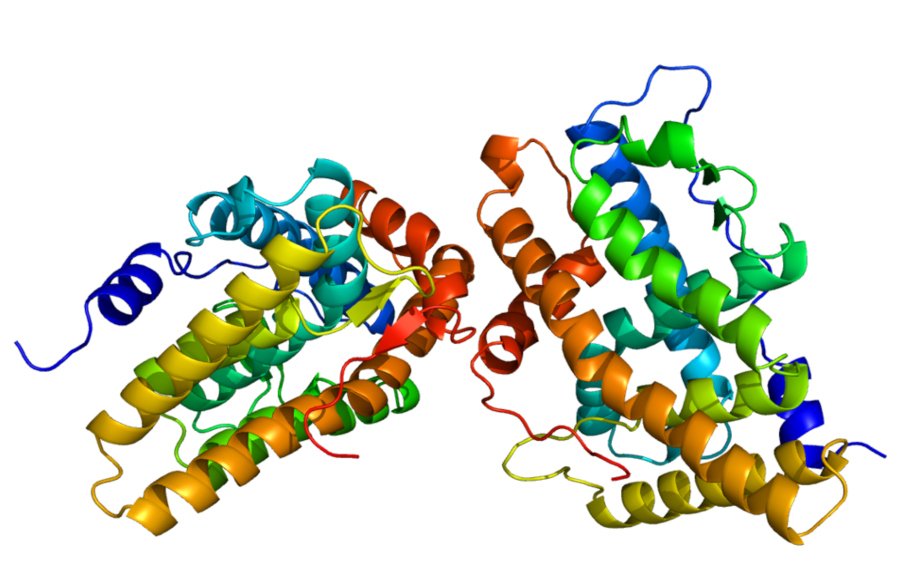Aromatase is an enzyme that plays a crucial role in the biosynthesis of estrogen, a hormone that is predominantly associated with female reproductive functions but also has important roles in various physiological processes in both males and females. Aromatase catalyses the conversion of androgens (male sex hormones), such as testosterone, into estrogens.
In relation to obesity, aromatase has been implicated in the regulation of body composition and fat accumulation. Here are a few ways in which aromatase is connected to obesity:
- Fat Distribution: Estrogens are known to influence body fat distribution. In general, women tend to have a higher proportion of body fat compared to men, and this distribution is thought to be influenced by estrogen levels. Estrogens promote the storage of fat in subcutaneous adipose tissue (fat located under the skin), which is associated with a healthier metabolic profile. Lower estrogen levels, often seen in conditions like menopause or in individuals with low aromatase activity, can lead to a shift in fat storage towards visceral adipose tissue (fat stored around internal organs), which is linked to a higher risk of metabolic disorders, including obesity.
- Metabolic Effects: Estrogens have metabolic effects that can impact body weight regulation. They play a role in insulin sensitivity, glucose metabolism, and lipid metabolism. Lower estrogen levels due to reduced aromatase activity might lead to metabolic dysregulation, including insulin resistance, which can contribute to the development of obesity.
- Appetite Regulation: Estrogens also play a role in appetite regulation. They influence the production of certain neuropeptides that affect hunger and satiety. Changes in estrogen levels, such as those occurring with decreased aromatase activity, might influence appetite control and contribute to overeating and weight gain.
- Physical Activity: Estrogens can affect physical activity levels by influencing energy expenditure and motivation to exercise. Lower estrogen levels might lead to reduced physical activity, potentially contributing to weight gain and obesity.
- Hormonal Imbalance: Conditions characterised by alterations in sex hormone levels, such as polycystic ovary syndrome (PCOS), can lead to hormonal imbalances including higher androgen levels and lower estrogen levels. These imbalances can be associated with obesity and insulin resistance.
It’s important to note that the relationship between aromatase, estrogen, and obesity is complex and can vary based on individual genetic predispositions, hormonal profiles, and environmental factors. While some research suggests that aromatase inhibitors (drugs that block the activity of aromatase) might lead to changes in body composition and weight, these effects can depend on the specific context and the overall hormonal balance.
This article is copyrighted by Ital is Vital, 2025. Want to re-post this article? Visit our guidelines.
DISCLAIMER: THIS WEBSITE DOES NOT PROVIDE MEDICAL ADVICE
The information, including but not limited to, text, graphics, images and other material contained on this website are for informational purposes only. The purpose of this website is to promote broad consumer understanding and knowledge of various health topics. It is not intended to be a substitute for professional medical advice, diagnosis or treatment. Always seek the advice of your physician or other qualified health care provider with any questions you may have regarding a medical condition or treatment and before undertaking a new health care regimen, and never disregard professional medical advice or delay in seeking it because of something you have read on this website.
